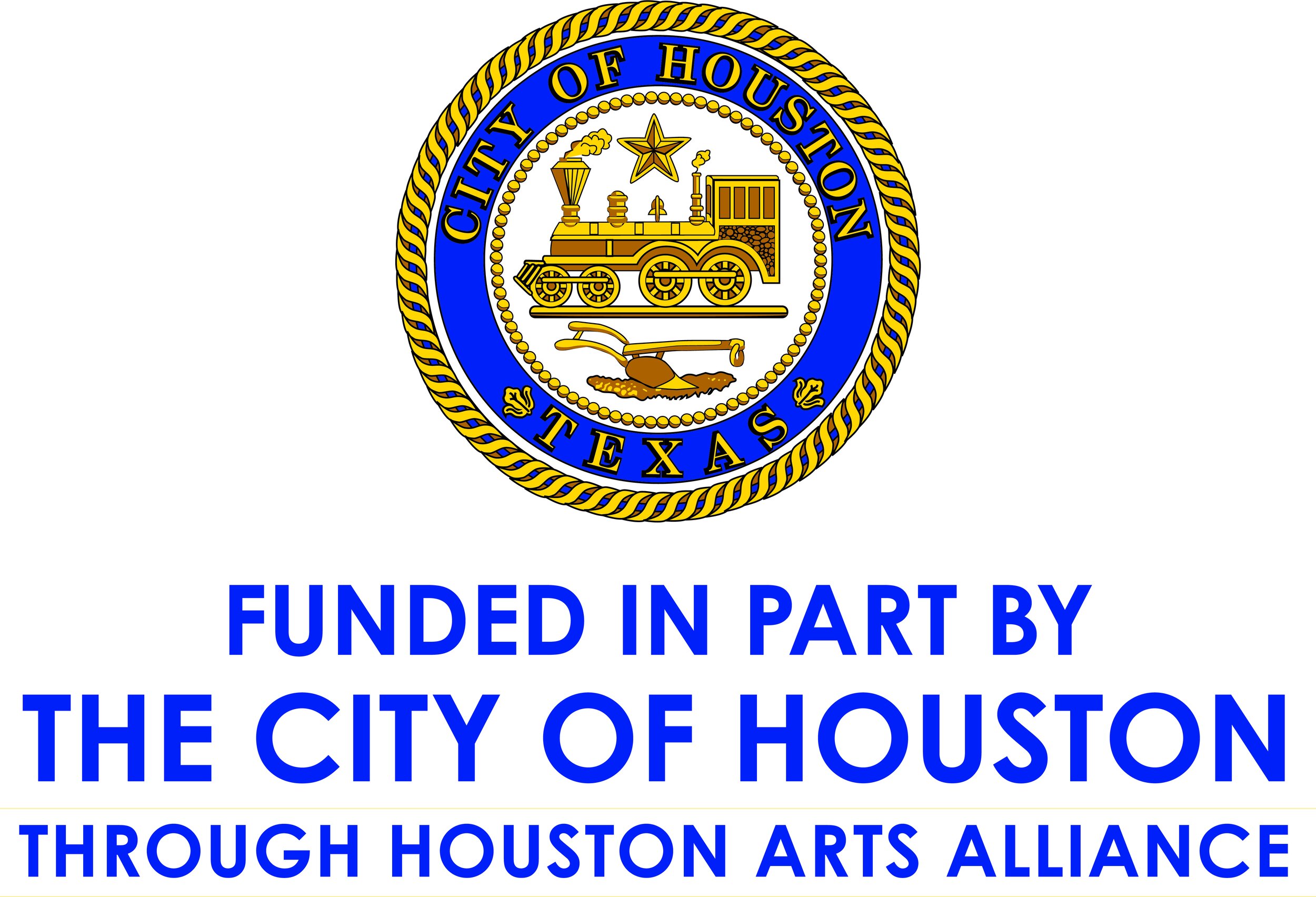Join us as we honor those who lost their lives in the Battle of Sunda Strait.
Captain Albert H. Rooks, commanding officer of USS Houston, c. 1940–1942.
Main article: Battle of Sunda Strait
Houston and Perth reached Tanjong Priok on 28 February, where they attempted to resupply, but were met with fuel shortages and no available ammunition.[15] The two cruisers were ordered to sail to Tjilatjap with Dutch destroyer Evertsen, but departed at 17:00 without Evertsen, which was delayed.[16] The Allies believed that Sunda Strait was free of enemy vessels, with the last intelligence reports indicating that Japanese warships were no closer than 50 miles (43 nmi; 80 km), but a large Japanese force had assembled at Bantam Bay.[17][16][18] At 23:06, the two cruisers were off St. Nicholas Point when lookouts on Perth sighted an unidentified ship; when it was realized that she was a Japanese destroyer, Perth engaged.[17][16] However, as this happened, multiple Japanese warships appeared and surrounded the two Allied ships.[17][16]
The two cruisers evaded the nine torpedoes launched by the destroyer Fubuki.[18] According to ABDA post-battle reports, the cruisers then reportedly sank one transport and forced three others to beach, but were blocked from passing through Sunda Strait by a destroyer squadron, and had to contend with the heavy cruisers Mogami and Mikuma in close proximity.[5] At midnight, Perth attempted to force a way through the destroyers, but was hit by four torpedoes in the space of a few minutes, then subject to close-range gunfire until sinking at 00:25 on 1 March.[16]
On board Houston, shells were in short supply in the forward turrets, so the crew manhandled shells from the disabled number three turret to the forward turrets. Houston was struck by a torpedo shortly after midnight, and began to lose headway.[5] Houston's gunners had scored hits on three different destroyers and sunk a minesweeper, but she was struck by three more torpedoes in quick succession.[5] Captain Albert Rooks was killed by a bursting shell at 00:30, and as the ship came to a stop, Japanese destroyers moved in, machine-gunning the decks and men in the water. A few minutes later, Houston rolled over and sank.[5] Of the 1,061 aboard, 368 survived, including 24 of the 74-man Marine Detachment, only to be captured by the Japanese and interned in prison camps. Of 368 Navy and Marine Corps personnel taken prisoner, 77 (21%) died in captivity.[19][a]
Aftermath
George S. Rentz, Chaplain of Houston 1940–1942.
Houston's fate was not fully known by the world for almost nine months, and the full story of her last fight was not told until the survivors were liberated from prison camps at the end of the war.[5] Before then, on 30 May 1942, 1,000 new recruits for the Navy, known as the Houston Volunteers, were sworn in at a dedication ceremony in downtown Houston, to replace those believed lost on Houston.









